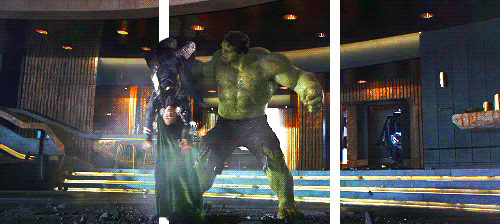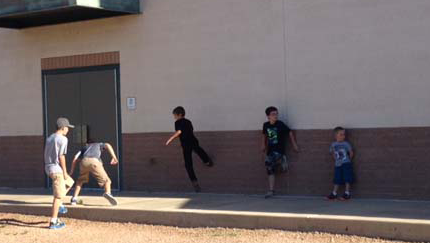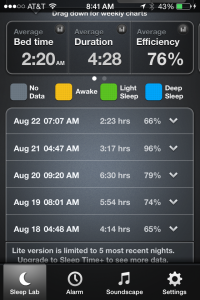If you asked a younger version of myself, say 10 years old, “what hobbies do you think you’ll take when you’re in high school?” I probably would have responded with chess, video games, or some type of other equally awesome activities.
If you told me that I would be practicing handstands, exercising to get better at breakdancing, and performing one arm push-ups by the time I was 16, I would have told you you were cuh-razy. I would have never dreamed of such a thing, let alone still be doing it to this day.
However, dreaming of a goal, and achieving a goal are two different things entirely.
I DREAM of doing some amazing things, but I’ve now realized there are often MANY steps towards achieving these goals.
Dreaming of a Goal
- Fantasizing without putting in work
- Imagining scenarios in which I would benefit from this goal
- Daydreaming and imagining all the cool things I would be doing if I achieved this goal
Achieving a Goal
- Defining the actual steps necessary towards achieving this goal
- Visualizing every step of my day that would put me one or two steps closer to achieving my goal
- Removing any other distractions that will not help me achieve this goal
With this foundation under your belt, let’s lay out the basic requisites for what a holding a handstand involves.
Biomechanical Alignment
With this first step, you need to understand that physical strength isn’t even the overarching theme that is required for being upside down. I know plenty of yogi’s, females, b-girls, and even not super muscular dudes who can hold handstands for days – all because they know how to get into the proper bony position.
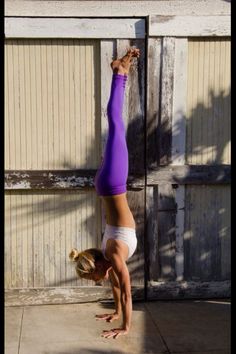
I believe Dr. Mark Cheng, a super smart individual who happens to be both a StrongFirst and Functional Movement instructor, calls the next portion the 4 Knots: both shoulders, and both hips. You need to be in as close to centered position in your shoulders and your hips as possible to truly master a handstand.
With this in mind, you need the stability to stack your joints on top of each other. If you can’t even get your arms overhead for whatever reason (impingement at the shoulders, lack of stability in anterior core musculature, etc.) then this is our first limiting factor towards success with regards to achieving a handstand position.
With your hips, make sure to attempt to reduce an anterior pelvic tilt (APT) – otherwise you may run into a risk of going into a lumbar extension pattern, which effectively “tips” your pelvis forward. This lack of alignment (seen within the APT) calls upon different muscular compensation strategies for stability. Working to reduce your anterior pelvic tilt via mechanism of different exercises that control your pelvis involve working your transverse abdominis and internal obliques.
Key Points
- Acquire shoulder mobility to achieve authentic shoulder flexion.
- Anterior core muscles that should be activated involve the internal obliques, and TvA.
Muscular Tension
In my past experiences in observing, helping, coaching, along with personal experiences, there is often a lack of muscular tension in the correct muscle groups that is missing from achieving these feats of awesomeness.
With regards to a handstand, there needs to be tension in the forearms and fingers, which will help to stabilize the body while inverted, along with tension in the abdominals. However, there is ONE place that many don’t utilize this idea of tension – that is the legs and even the feet!
By tensing from the hands, fingers, all the way to the inverted feet that are in mid-air, you are more able to stabilize your body – as opposed to simply relying on your stacked joints.
This is an idea seen within the book Anatomy Trains called tensegrity – in which rather ingeniously the words tension and integrity are combined – to the effect of increasing tension towards a place of stability.
Key Points
- Tensing muscles in the fingers, forearms, abdominals, legs, and feet are crucial to achieving an authentic handstand.
- Using a wall for assisted handstand holds is a great initial exercise, however in order to fully experience a true freestanding handstand, you need to practice without the wall.
- This will help your sensorimotor system to understand what it means to be truly inverted.
So even with these beginner steps, I am anticipating I will still get the question of “How do you do that?!”
Practice
One of the key differences with connecting the dots for the thought of “I want…” and actually achieving it involve actually doing it. There is often no black or white starting line, definitively stating that you are now on your journey towards achieving it.
No one gives you a specific benchmark, there are no pats on the back, and it is often in the grey area where you will learn where to go next in this journey of yours.
However, one thing to keep in mind is that there are definite progressions and checkpoints towards being inverted. I went over a few of them above. However, there is nothing like getting started and just trying something – anything towards your goal.
With this in mind, I will be going over these progressions, along with providing guidance, and other help along your journey in this class on Fitocracy that is starting on Monday, 9/15. In this class, I will detail each step that is necessary towards holding yourself upside down!
The thought of being inverted is a little cray. But if you have any aspirations of doing amazing feats of strength with your body, this may be worth your while – and it is definitely fun!
Check it out at this link here.
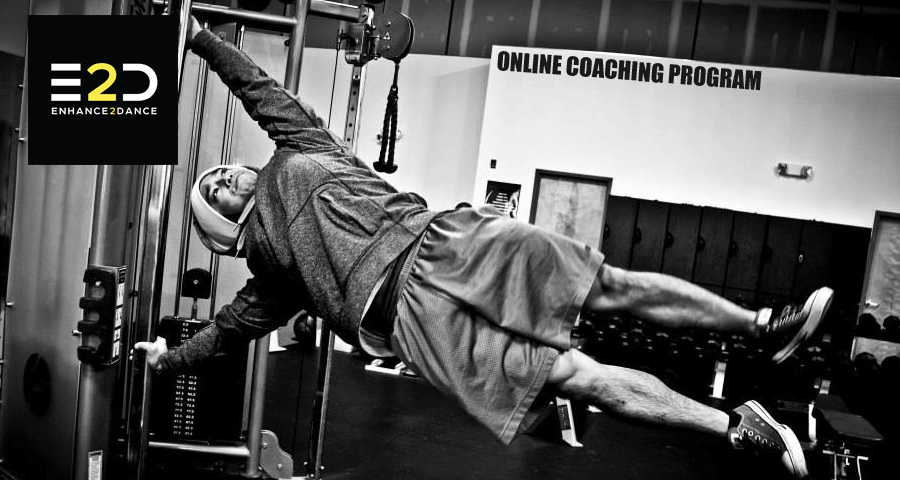
One key feature is a 10% discount for all months involved (2 months) if you sign up using the code “BODYWEIGHT10″ when you register for the group!
As always,
Keep it funky.

